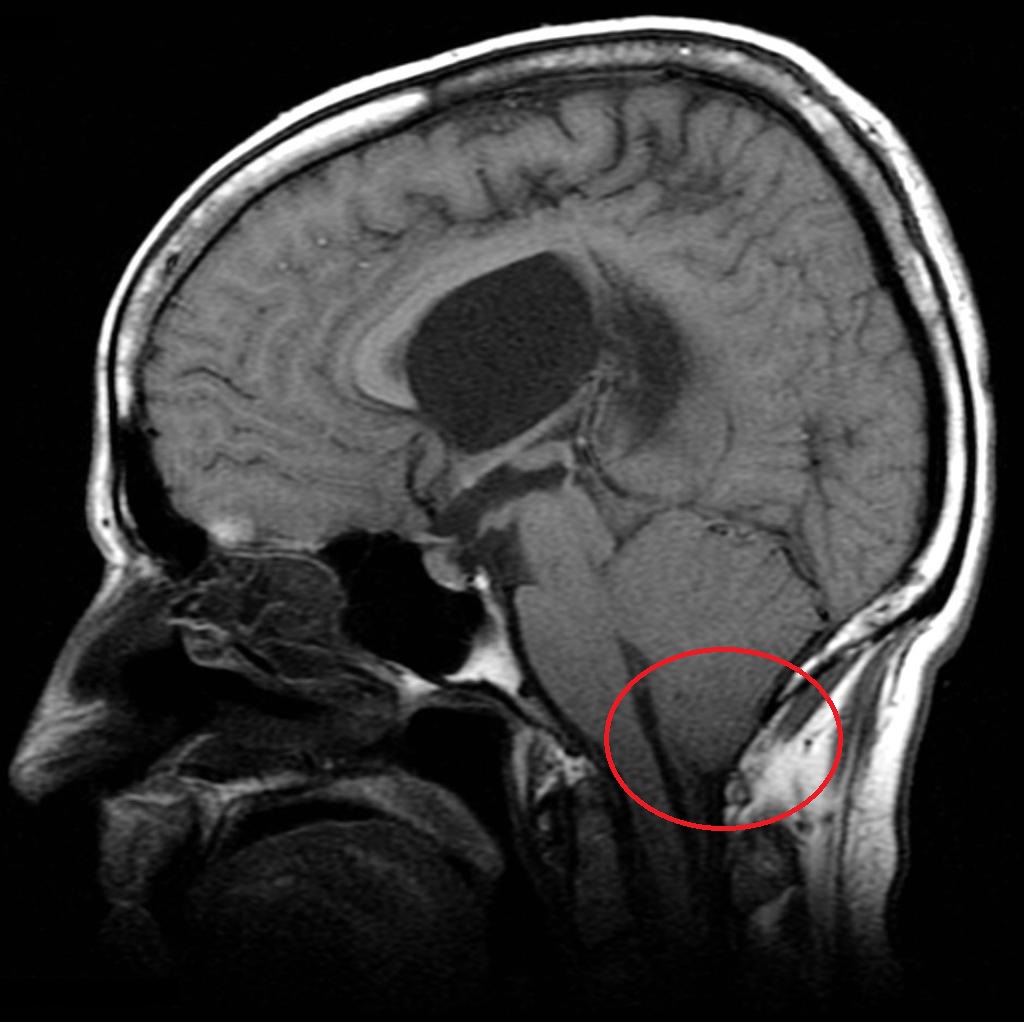
Chiari Malformations Neurosurgery Geeky Medics
Chiari malformations are a heterogeneous group of hindbrain anomalies. Six different malformations are described. Most common are Chiari 1 malformation (CM1) and Chiari 2 malformation (CM2, also termed "Arnold-Chiari malformation") and are the focus of this review. These are rare conditions, but symptoms may impair quality of life in both.
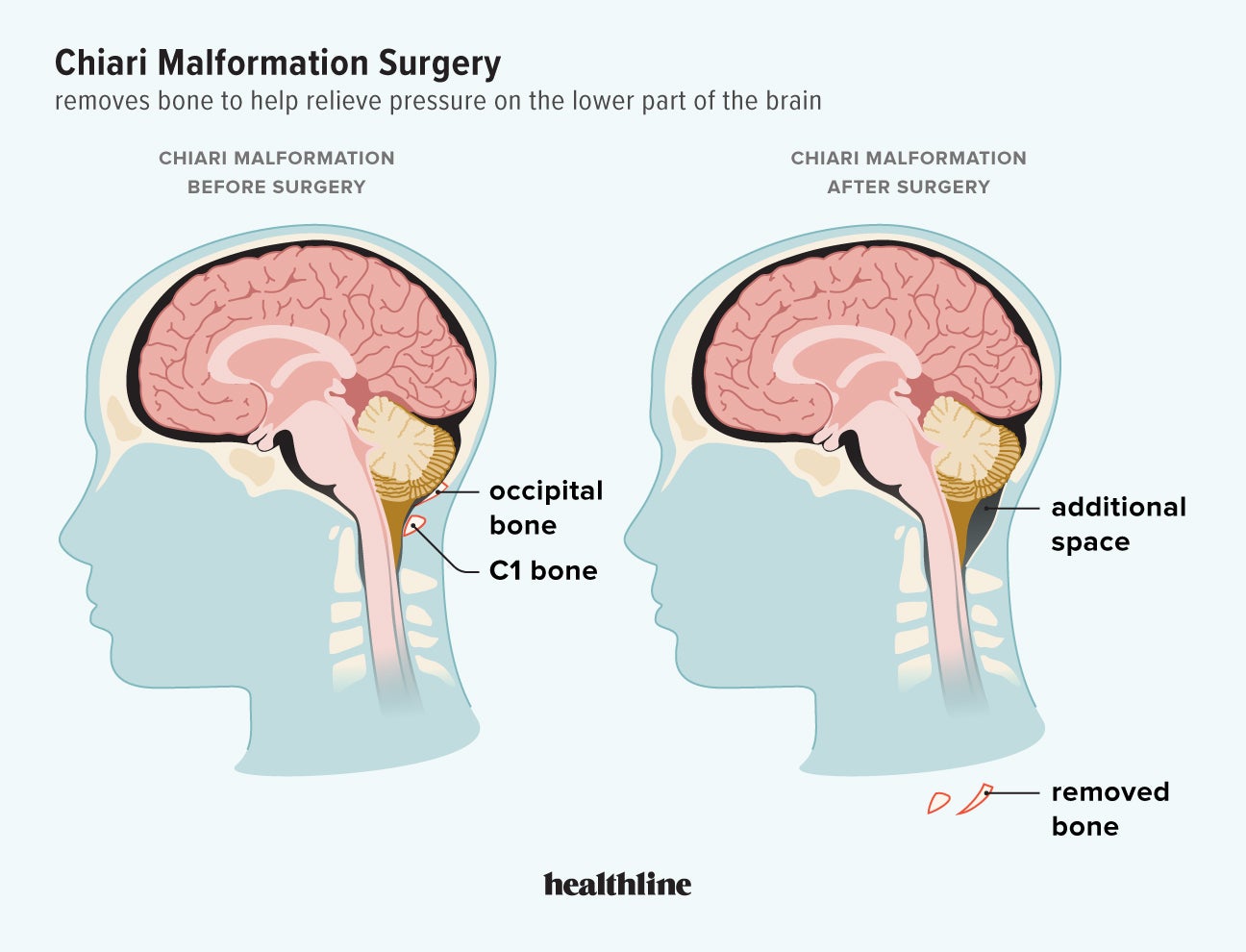
Chiari Malformation Surgery Candidates, Procedure, Recovery, and More
Adorable "zipperhead" chiari bear! 🎗🐻 Each bear has a purple awareness ribbon on its tummy and a purple decompression surgery scar on the back of its head. Every part of this bear was designed with love by a fellow chiari warrior! 💜 There is something special about stuffed animals that bring comfort and strength (no matter how old you are)!

Zipper head Chiari malformation, Chiari, Awareness
A Chiari malformation can also cause pressure on the brain and produce hydrocephalus (pressure due to excessive cerebrospinal fluid accumulation in the brain) and the spinal cord, potentially causing a wide variety of symptoms. In fact, no two cases of Chiari malformation are exactly alike and the associated symptoms are highly variable.

Spine Solutions India by Dr Sudeep Jain Chiari Malformation A structural defect in the Cerebellum
Chiari malformation is when a part of the brain extends through an opening where the skull meets the spinal canal. It can happen if the skull is too small or misshapen. Depending on the severity.

Pin on Tattoos
Chiari II malformation (CM-II), commonly known as Arnold-Chiari malformation, is a relatively common congenital malformation characterized by beaked midbrain, downward displacement of the tonsils, and cerebellar vermis, and spinal myelomeningocele.[1] This malformation is frequently misunderstood as a more severe version of Chiari I malformation (CM-I). However, these are two distinct diseases.

Pin on Chiari Malformation
The Chiari I malformation is characterized by an inferior position of the cerebellar tonsils relative to the foramen magnum. This is believed to be due to a mismatch between the size and content of the posterior fossa. Four groups of Chiari I patients can be distinguished, according to different pathogeneses 9:

Chiari Malformation Rocky Mountain Brain and Spine Institute
Chiari malformation is considered a congenital condition, although acquired forms of the condition have been diagnosed. In the 1890s, a German pathologist, Professor Hans Chiari, first described abnormalities of the brain at the junction of the skull with the spine. He categorized these in order of severity; types I, II, III and IV.

Chiari Malformation zipperhead Awareness 12 Etsy Canada
Not everyone with a Chiari malformation requires surgery, but when a patient's individual circumstances warrant it, a neurosurgeon may recommend "decompression" surgery (known as a "decompressive suboccipital craniectomy and cervical laminectomy").
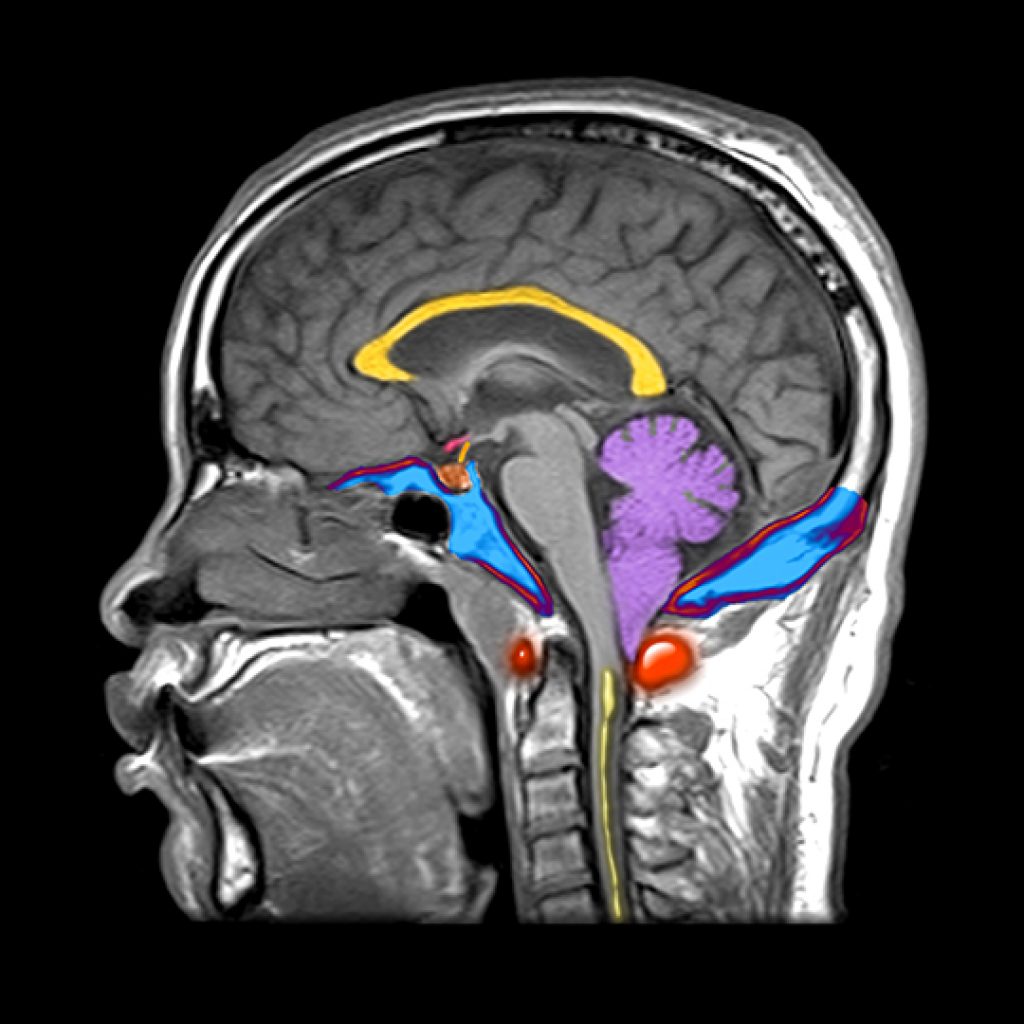
Chiari Malformation Neurosurgery and Endovascular Associates
Pathogenesis. There is increasing evidence that Chiari malformations are due to underdevelopment of the posterior cranial fossa, resulting in overcrowding compared with the normally developed hindbrain. 1,2 The posterior cranial fossa is the part of the cranial cavity, which contains the cerebellum and lower brainstem (ie, the pons and the medulla). A smaller cranial fossa leaves a typically.
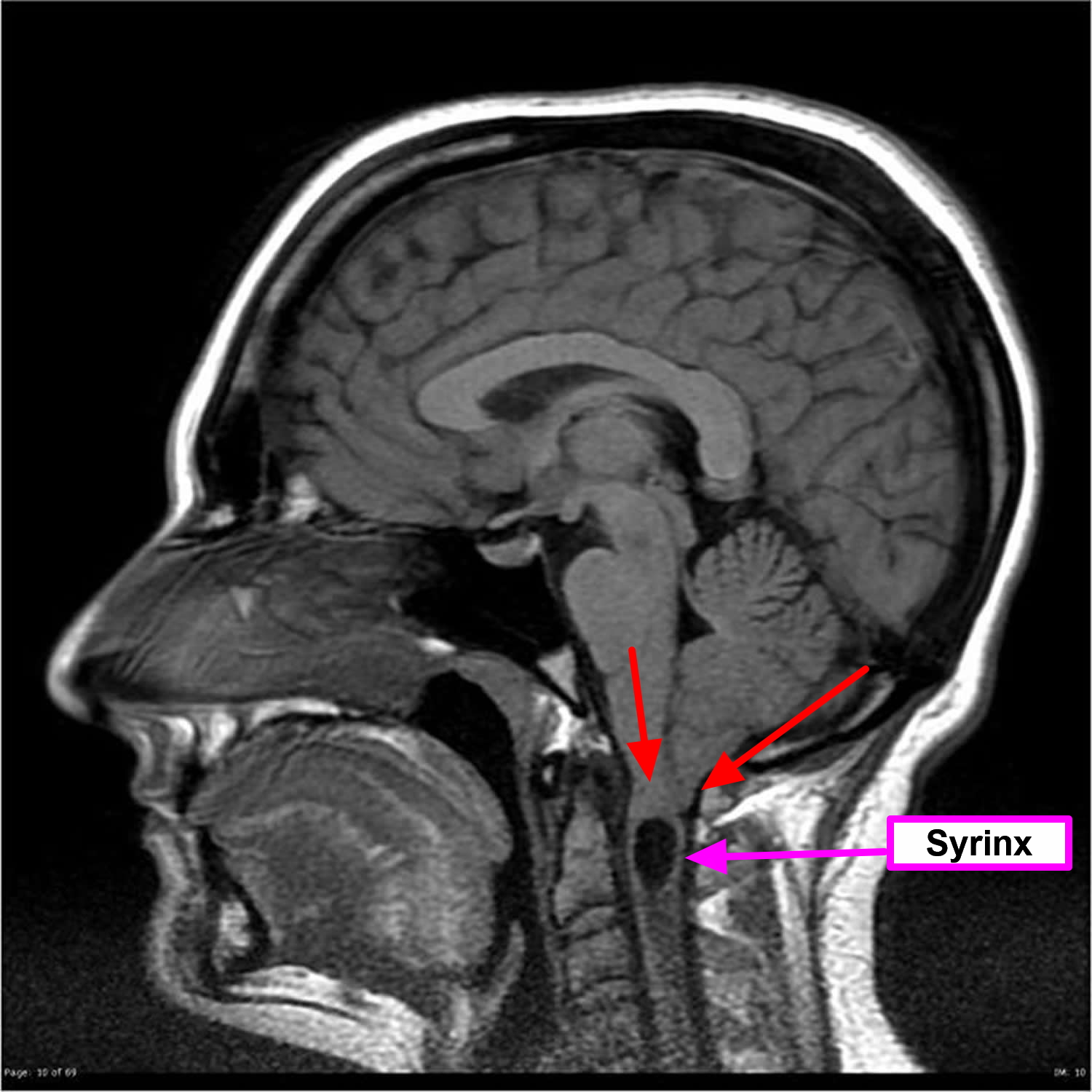
Chiari Malformation Causes, Symptoms, Prognosis, Diagnosis, Treatment
Check out our chiari malformation zipperhead selection for the very best in unique or custom, handmade pieces from our laptop decals shops.
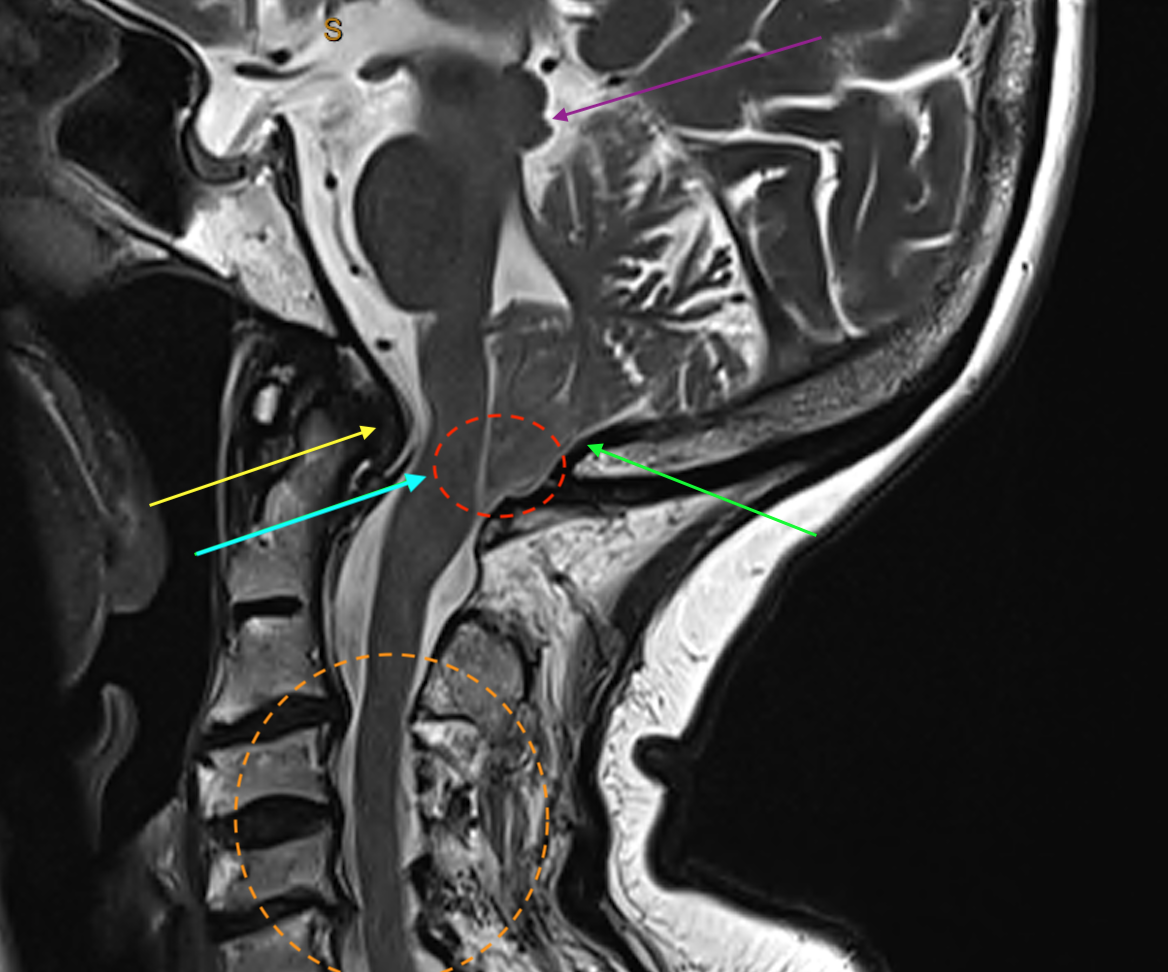
Arnold Chiari Type I Malformation C.N.S. Neurosurgery
Chiari disease (or malformation) is in general a congenital condition characterized by an anatomic defect of the base of the skull, in which the cerebellum and brain stem herniate through the foramen magnum into the cervical spinal canal. The onset of Chiari syndrome symptoms usually occurs in the second or third decade (age 25 to 45 years). Symptoms may vary between periods of exacerbation.
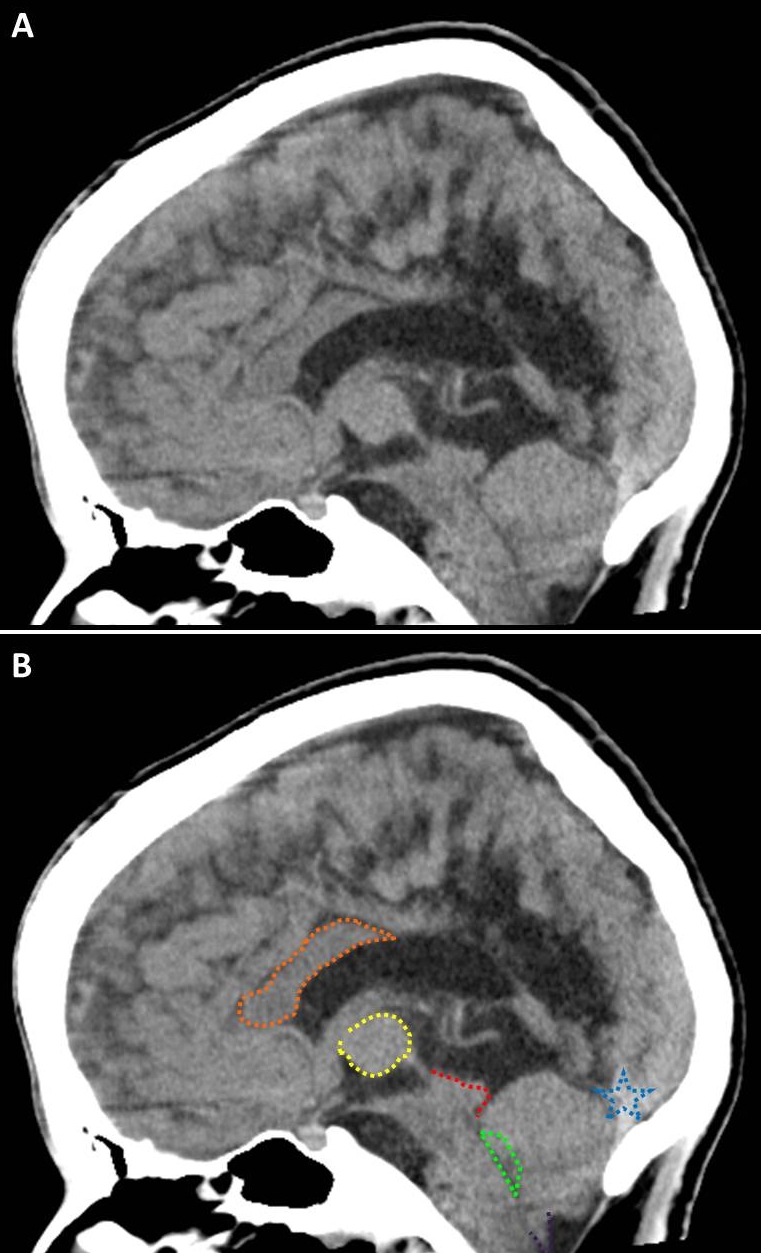
ArnoldChiari malformation CT wikidoc
Chiari Zipperhead Decal | Chiari Malformation | Arnold Chiari | Spoonie (3.7k) $3.25 FREE shipping Brain surgery survivor - Chiari malformation shirt - ACM awareness - zipperhead shirt - brain sweatshirt - Chiari shirt - purple awareness (2k) $25.00 20 oz Chiari Warrior Tumbler (1k) $25.00

Pin on Chiari malformation
A Chiari malformation is a structural abnormality in your skull that causes part of your brain to move into your spinal canal. You may have mild or severe symptoms or no symptoms at all. It usually causes headaches and difficulty with balance and coordination, as it affects your cerebellum. Surgery may help.
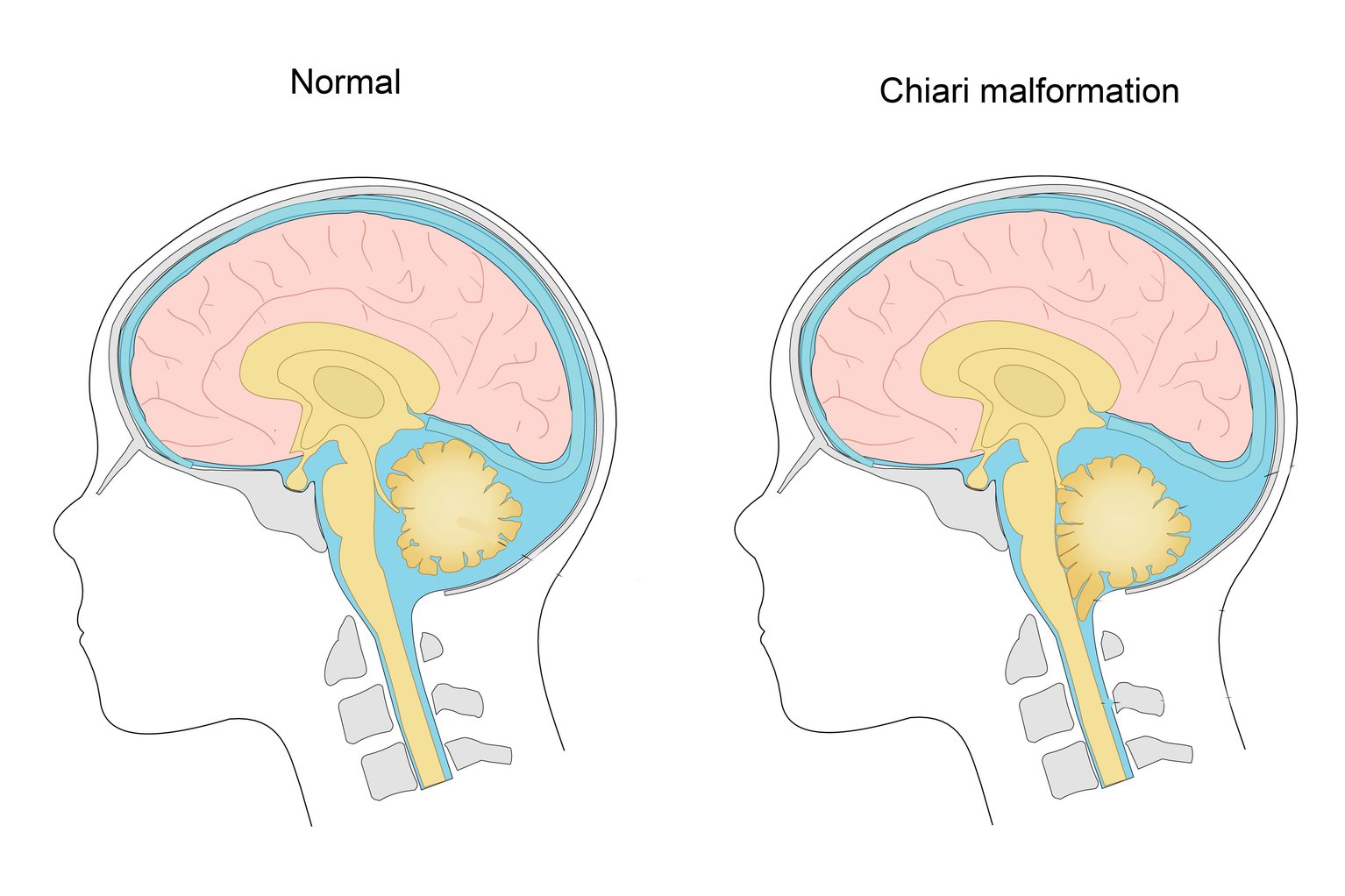
Chiari malformation NHS
Chiari malformations (CM) are caused by problems in the structure of the brain and skull. In Chiari malformations, the lower part of the brain presses on and through an opening in the base of the skull and cerebellum into the spinal canal. The cerebellum is the part of the brain that controls balance.

Chiari Malformations Neurosurgery Geeky Medics
Describe the presentation of a patient with a Chiari malformation. Outline the management options available for Chiari malformations. Summarize interprofessional team strategies for improving care coordination and outcomes in patients with Chiari malformations. Access free multiple choice questions on this topic. Go to: Introduction
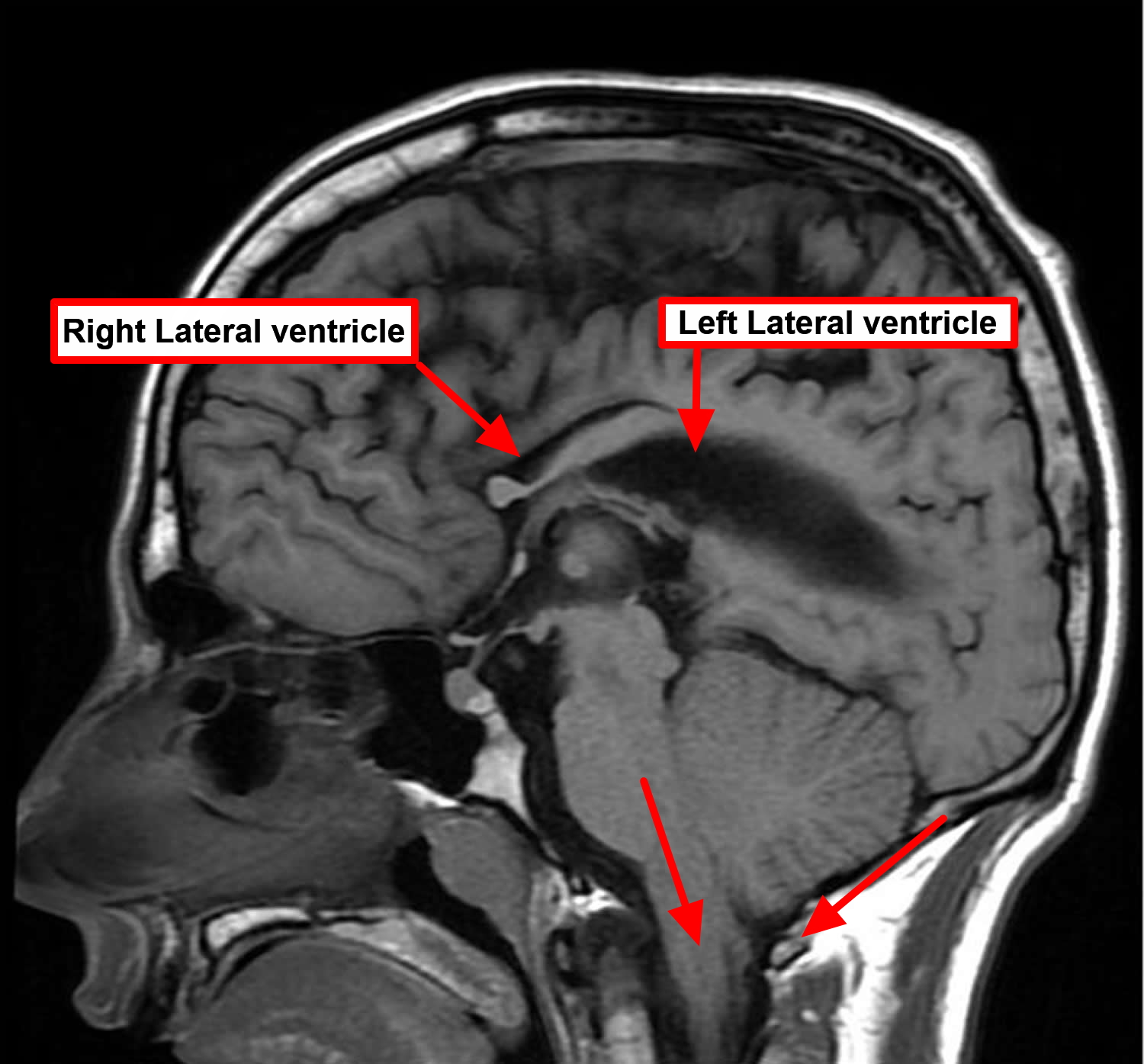
Chiari Malformation Causes, Symptoms, Prognosis, Diagnosis, Treatment
Synopsis. Chiari Malformation Type I (CMI) is a congenital malformation diagnosed by MRI findings of at least 5 mm of cerebellar ectopy below the foramen magnum. CM1 is frequently associated with syringomyelia. Herein, we discuss the history of CMI and syringomyelia, including early pathologic and surgical studies.